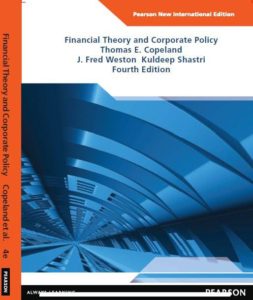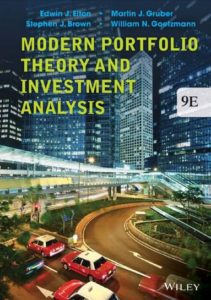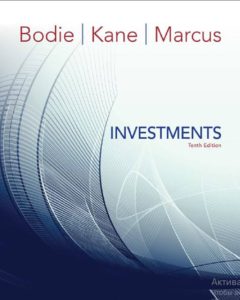Thomas E., Copeland J., Fred Weston Kuldeep Shastri
Financial Theory and Corporate Policy

THE OBJECTIVE OF THIS CHAPTER is to study consumption and investment decisions
made by individuals and firms and to understand the role of interest rates in making these
decisions. The decision about what projects to undertake and which to reject is perhaps
the single most important decision that a firm can make. Logical development is facilitated if we
begin with the simplest of all worlds, a one-person/one-good economy with no uncertainty. The
decision maker, Robinson Crusoe, must choose between consumption now and consumption in
the future. Of course, the decision not to consume now is the same as investment. Thus Robinson
Crusoe’s decision is simultaneously one of consumption and investment. In order to decide, he
needs two types of information. First, he needs to understand his own subjective trade-offs between
consumption now and consumption in the future. This information is embodied in the utility and
indifference curves depicted in Figs. 1 through 3. Second, he must know the feasible tradeoffs
between present and future consumption that are technologically possible. These are given in
the investment and production opportunity sets of Figs. 4 and 5.
From the analysis of a Robinson Crusoe economy we will find that the optimal consumption/
investment decision establishes a subjective interest rate for Robinson Crusoe. Shown in
Fig. 5, it represents his (unique) optimal rate of exchange between consumption now and in
the future. Thus interest rates are an integral part of consumption/investment decisions. One can
think of the interest rate as the price of deferred consumption or the rate of return on investment.
Individuals having different subjective interest rates (shown in Fig. 6) will select different consumption/
investment choices. After the Robinson Crusoe economy we will introduce opportunities
to exchange consumption across time by borrowing or lending in a multiperson economy (shown
in Fig. 7). The introduction of these exchange opportunities results in a single market interest
rate that everyone can use as a signal for making optimal consumption/investment decisions


